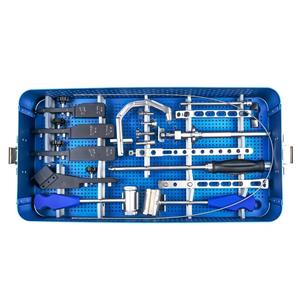the team buiding 2
Companies need team building for several reasons:
1. Improved communication: Effective communication is crucial for the success of any organization. Team building activities help employees develop better communication skills, break down barriers, and foster a culture of open and honest communication.
2. Enhanced teamwork and collaboration: Team building activities promote collaboration and encourage employees to work together towards common goals. Strong teamwork leads to increased productivity, better problem-solving, and innovation within the company.
3. Increased employee morale and motivation: Team building events create a positive and enjoyable environment for employees. Engaging in fun and interactive activities outside the regular work setting can boost employee morale, improve job satisfaction, and increase motivation.
4. Building trust and relationships: Trust is the foundation of a strong and successful team. Team building activities help employees build trust, develop stronger relationships, and foster a sense of camaraderie. This leads to improved collaboration, cooperation, and support among team members.
5. Identification and utilization of strengths: Team building activities provide opportunities for employees to showcase their strengths and talents. This allows the company to identify and utilize individual skills in a way that benefits the team as a whole.
6. Conflict resolution and problem-solving: Team building activities often involve problem-solving challenges that require collaboration and cooperation. These activities help employees develop their conflict resolution and problem-solving skills, which can be applied in the workplace.
7. Employee retention and satisfaction: Team building activities contribute to a positive work environment, which can lead to higher employee satisfaction and retention. When employees feel valued and connected to their colleagues, they are more likely to stay with the company.
Overall, team building activities are important for fostering a positive work culture, improving teamwork and communication, and enhancing employee engagement and satisfaction. It helps create a cohesive and productive workforce, leading to improved organizational performance.




